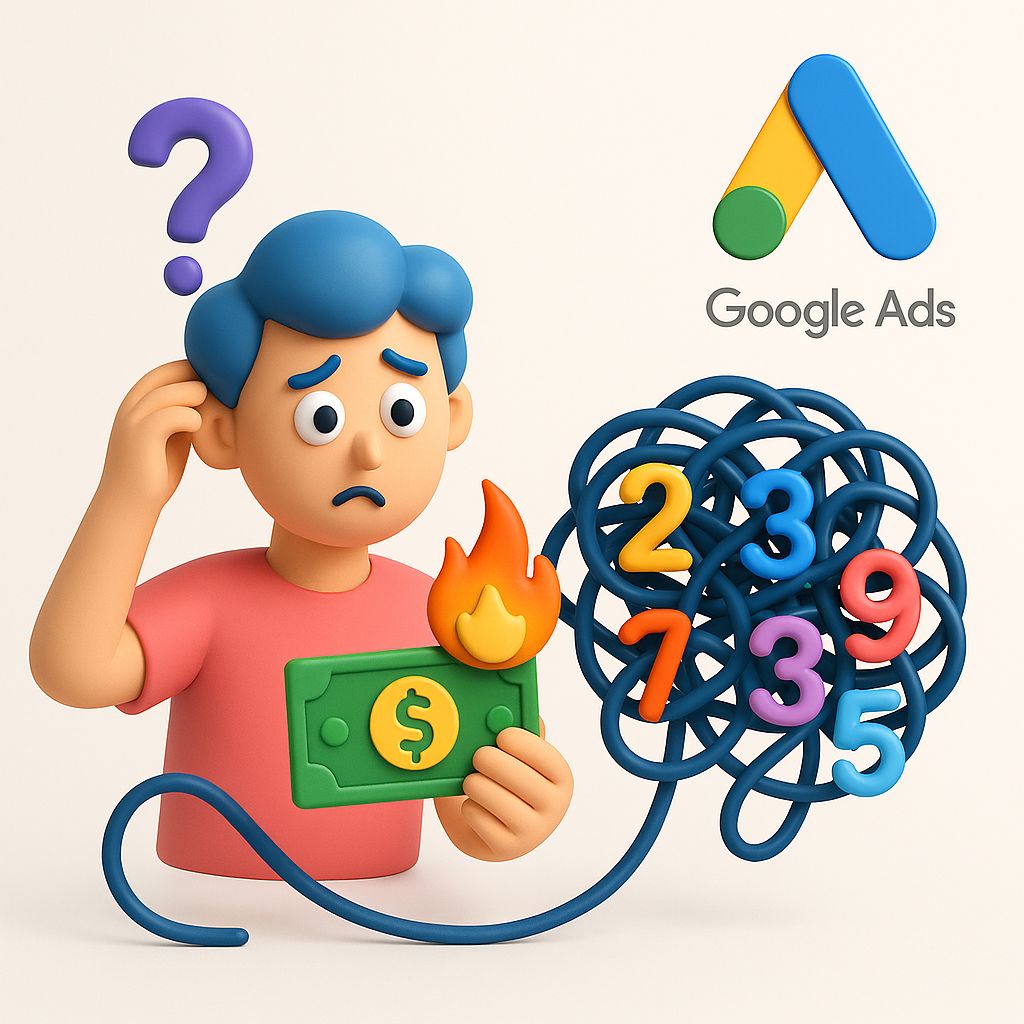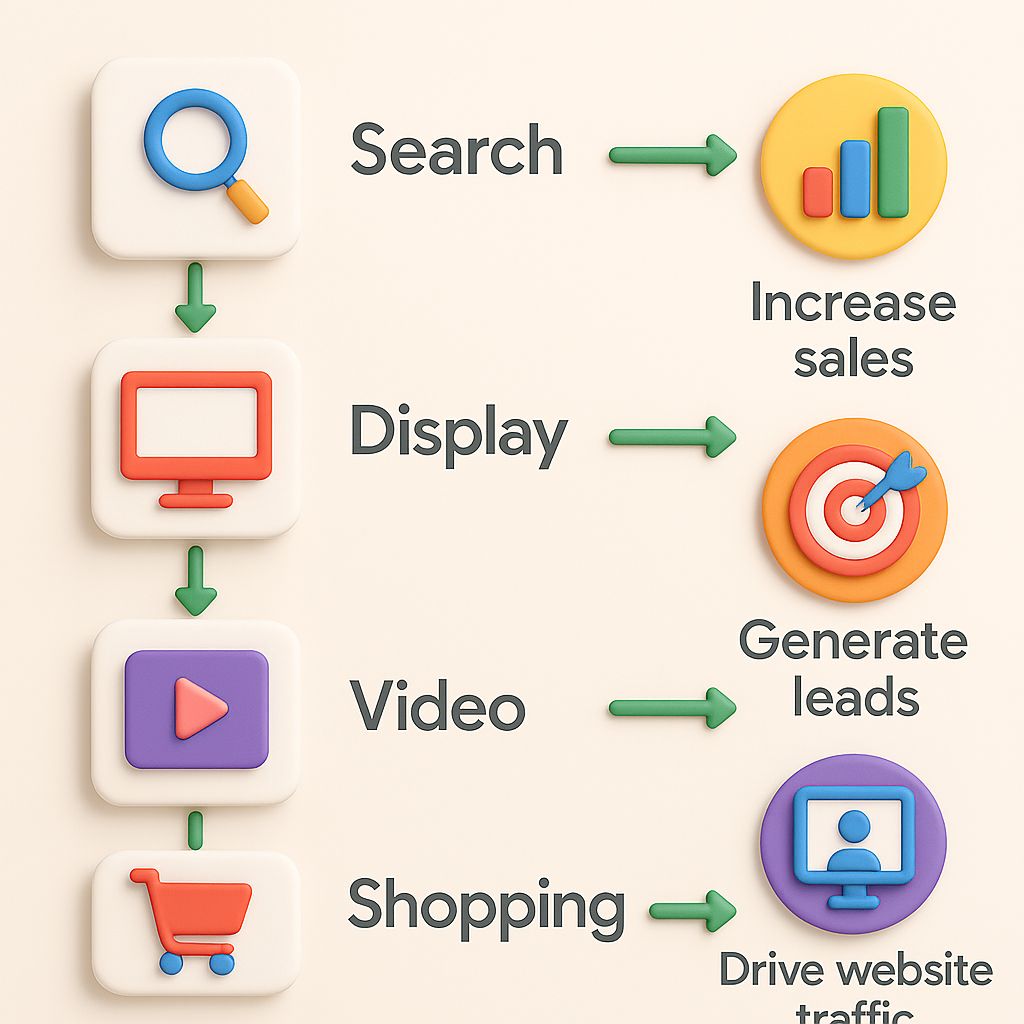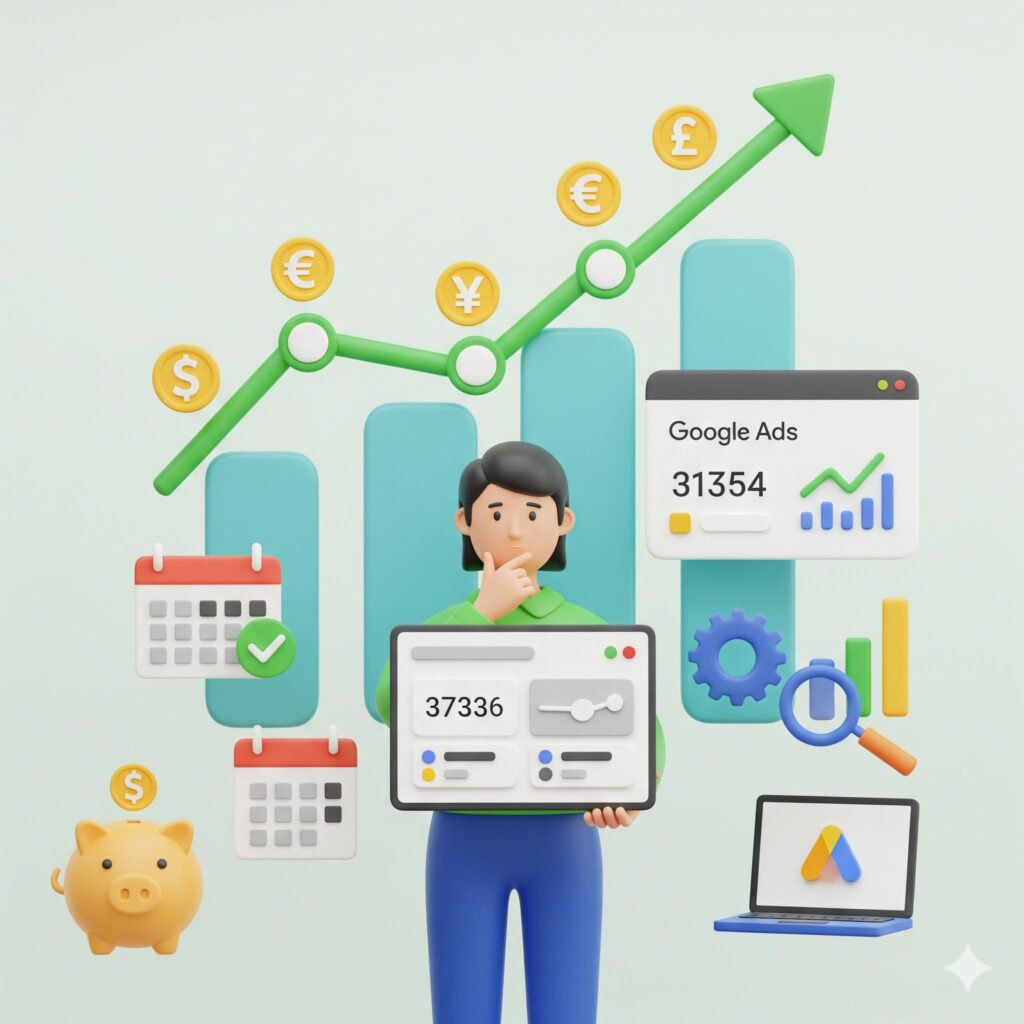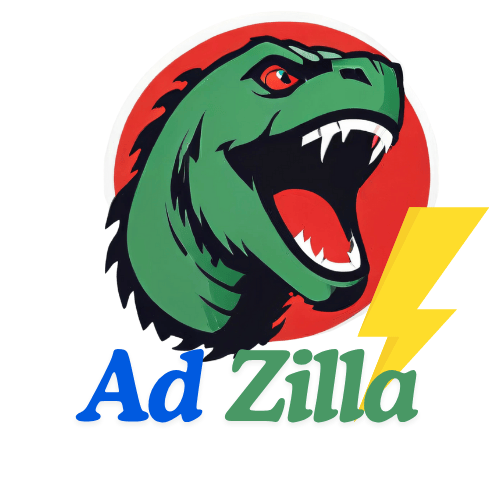Google Ads for Beginners: The Ultimate 5-Step Guide (2025)
Introduction: Turning Google Ads Confusion into Clarity
Google Ads for Beginners ? If you’ve ever opened a Google Ads dashboard and felt your stomach sink, you’re not alone. From endless tabs and cryptic numbers to the constant drip of budget disappearing without clear returns—it can feel like you’re tossing money into a black hole. We’ve seen countless small business owners, solopreneurs, and beginner marketers launch campaigns with high hopes, only to watch their ad spend burn away with little to show for it.
It’s not because you’re “bad at marketing” or because Google Ads doesn’t work. The truth is, Google Ads is a powerful machine—but without a clear map, it’s like driving blindfolded.

From our experience working with countless campaigns, the real problem isn’t a lack of tools—it’s the overwhelming complexity and the absence of a step-by-step path. That’s where our Ad Clarity Blueprint™ comes in. It’s a proven, beginner-friendly system that turns confusion into confidence, helping you create ads that actually convert.
In this guide on google ads for beginners, you’ll learn the exact five steps we use to take someone from zero experience to running profitable campaigns:
- Understanding the basics—so you speak Google Ads’ language.
- Setting clear goals and budgets—so you never overspend without results.
- Building your first campaign—without getting lost in unnecessary settings.
- Choosing the right keywords and writing ads that click with your audience.
- Tracking and optimizing—so every campaign gets smarter over time.
You don’t need to be a tech wizard, have a massive budget, or guess your way through. By the end of this journey, you’ll have a crystal-clear process to follow—one that empowers you to take control of your marketing and see tangible returns. Let’s dive in.
Table of Contents
Step 1: Understanding the Basics
When you’re just starting with google ads for beginners, it’s natural to feel overwhelmed by all the options and terminology. We understand that feeling – but here’s the good news: Google Ads is actually much more straightforward than it first appears. Think of it as having multiple tools in a toolbox, where each tool serves a specific purpose for reaching your customers.
Google Ads is essentially Google’s advertising platform that allows you to display your business to people who are actively searching for what you offer. Instead of hoping customers will stumble upon your website, you’re putting your business directly in front of them at the moment they’re looking for your products or services.
The Main Campaign Types Every Beginner Should Know
Understanding the different types of Google Ads campaigns is crucial for google ads for beginners. Each campaign type serves different business goals and reaches customers in unique ways. Let’s break down the five main types:
Search Campaigns are your bread and butter – these are the text ads that appear when someone searches on Google. When a potential customer types “best pizza near me,” your pizzeria could appear at the top of the results.
Display Campaigns show visual banner ads across Google’s network of partner websites. These are perfect for building brand awareness and reaching people while they’re browsing their favorite sites.
Video Campaigns run your ads on YouTube and other video partner sites. These are incredibly powerful for storytelling and demonstrating your products in action.
Shopping Campaigns are ideal for e-commerce businesses, showing your products with images and prices directly in search results. When someone searches for “running shoes,” they’ll see your products with photos and pricing.
App Campaigns promote mobile apps across Google’s properties, helping you drive downloads and engagement.
From our experience working with thousands of small businesses, we recommend starting with Search campaigns. They’re the most straightforward for google ads for beginners and typically deliver the fastest, most measurable results. You can always expand to other campaign types once you’ve mastered the basics and built confidence with your first successful campaigns.
The key is understanding that each campaign type attracts customers at different stages of their buying journey. Search campaigns catch people actively looking for solutions, while Display campaigns plant seeds for future purchases. You’ve got this – choosing the right campaign type is just about matching your business goals with where your customers spend their time online.

For more detailed information about campaign types and their specifications, check out Google’s official campaign types documentation.
Step 2: Setting Goals and Budget
Before you create your first campaign, you need a clear roadmap of where you’re going. Setting proper goals and budget isn’t just administrative work – it’s the foundation that determines whether your google ads for beginners journey leads to success or frustration.
Creating SMART Goals for Your Google Ads Success
The most successful Google Ads campaigns start with SMART goals (Specific, Measurable, Achievable, Relevant, and Time-bound). Vague goals like “get more customers” set you up for disappointment because you’ll never know if you’re succeeding.
Instead, think specific: “Generate 50 qualified leads for my consulting business within the next 60 days” or “Increase online sales by 25% over the next quarter.” These goals give you a clear target to aim for and measurable results to track.
Specific goals answer the “what” and “who.” Are you looking for leads, sales, phone calls, or website visits? Who is your ideal customer?
Measurable goals include numbers you can track. How many leads? What revenue increase? How many new customers?
Achievable goals are realistic based on your market and budget. Don’t expect to compete with Amazon on a $100 budget.
Relevant goals align with your overall business objectives. If your main goal is local foot traffic, focusing on nationwide online sales doesn’t make sense.
Time-bound goals have deadlines that create urgency and allow for regular evaluation.
From our experience, the most effective approach for google ads for beginners is starting with lead generation or direct sales goals, as these provide clear, trackable outcomes that directly impact your bottom line.
Budget Planning That Actually Works
Calculating your Google Ads budget doesn’t require a finance degree – it just needs logical thinking about your business math. Start by asking yourself: “How much can I afford to pay for a new customer?”
Let’s work through practical examples. If you’re a local dentist and a new patient is worth $2,000 in lifetime value, you might be comfortable spending $200-400 to acquire that patient. If you’re selling a $50 product with a 50% profit margin, you probably can’t spend more than $15-20 per sale and remain profitable.
For Service Businesses: A plumbing company might start with $30-50 per day. If they get one service call worth $300 from spending $150 over three days, that’s profitable growth.
For E-commerce: An online retailer selling $100 products might begin with $25 per day, aiming for 2-3 sales weekly to maintain profitability while gathering data.
For Local Businesses: A restaurant might invest $20-40 daily during lunch and dinner hours, tracking reservations and takeout orders generated from ads.
For B2B Services: A business consultant might budget $50-100 daily, knowing that even one qualified lead per week justifies the investment.
The golden rule we’ve learned: start with what you can comfortably afford to lose while learning, then scale up based on results. Most successful businesses begin with $500-1500 monthly budgets, allowing for meaningful data collection without risking significant losses.
Remember, your budget should reflect your goals’ ambition and your market’s competition level. Competitive keywords in major cities require higher budgets than local, niche services in smaller towns.

For more detailed insights on budget planning and cost expectations, explore our comprehensive guide on how much Google Ads actually cost for different business types and industries.
